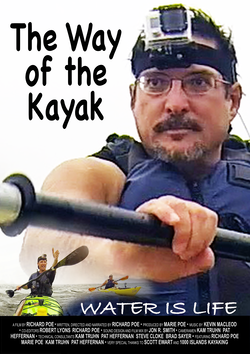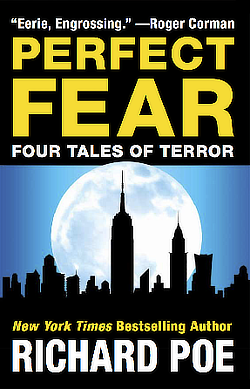American Dunkirk: The Miracle of 9-11
|
by Richard Poe Saturday, September 21, 2002 12:00 am Eastern Time |
Archives 1 Comment |
EVERY BRITISH schoolchild studies the “Miracle of Dunkirk” — the rescue of more than 300,000 British troops by a flotilla of hundreds of private boats in 1940.
Yet few Americans know that an even larger evacuation occurred in New York City on 9-11. As at Dunkirk, a rag-tag fleet of ferries, tugboats, tour boats and other private vessels evacuated countless refugees from Manhattan — possibly a million or more.
“[Y]ou most likely never saw this astonishing event… on television and never read about it in the print media,” writes Chicago Sun-Times columnist Andrew Greeley, who dubbed the event an “American Dunkirk.”
Why did this story go unreported?
Perhaps news networks simply overlooked it in the chaos of 9-11. But that was a year ago. There has been plenty of time to correct the oversight since then. Yet, even last week’s flood of 9-11 anniversary stories failed to include the “American Dunkirk.”
Clearly, something about this story fails to ring Big Media’s chimes. What could it be?
Media elites are not like you and me. When we look at the cops and firemen who risked their lives on 9-11, we see brave men of flesh and blood. Media elites look at those same men and see… government.
“Since the attack, government has become almost fashionable again,” exulted Robert Kuttner in BusinessWeek. “…the public heroes of New York’s ground zero — cops, firefighters, medics — were public employees… we need to rely on government now.”
For many op-ed writers, Big Government was the real hero of 9-11.
But government played little or no role in the American Dunkirk. Perhaps that makes the event less “newsworthy” in some people’s eyes.
Overwhelmed by thousands of refugees crowding the waterfront around Ground Zero, the Coast Guard put out a call for “All available boats.”
The call was unnecessary. Boats and ships of every description had already leapt into action, without being told.
“These were people who know what they’re doing and who talk to each other all the time,” says Peter Neill, president of Manhattan’s South Street Seaport Museum, which currently features an exhibit on the evacuation. “One thing about the waterfront is we all know each other. We may not know each other face to face, but we know our radio voices, we know our boats. So the communications system existed, de facto.”
Peter Johansen — then director of marine operations for the NY Waterway ferry line — was crossing the Hudson when he saw the first plane strike. Johansen called headquarters and began organizing a rescue operation.
Twenty-three of the fleet’s 24 operating ferries converged on Lower Manhattan. So did other ferry lines, tugboats, tour boats and pretty much anything else that could float. It is estimated that anywhere from 300,000 to one million people were evacuated by water from Lower Manhattan, under what can only be called combat conditions.
“When the second plane hit, everybody knew it was an attack,” says Johansen. “Every time I heard any noise overhead — like fighter jets and helicopters — my reaction was, is it ours, theirs?”
When the first tower collapsed, a huge dust cloud enveloped and blinded the rescuers. But they navigated by radar, avoiding collisions.
Things were quieter uptown. But every major dock facility in Manhattan thronged with refugees. Subways had stopped. Bridges and tunnels were closed to traffic. The only way out was to walk over a bridge or take a boat.
John and Angela Krevey were caught by surprise when thousands of refugees descended on Pier 63, the maritime facility they own and operate on the Hudson River, at West 23rd Street.
“The whole West Side Highway was a snaking, winding path of people, walking north,” says John. “People kept asking, `How do we get off the island?’”
The Kreveys helped organize free ferry service on the various tour and charter boats that use their pier. Dock facilities all over Manhattan were doing the same.
“We worked from about 11 am to 7 pm, until there were no more people left,” says Lawrence Moran, president of Horizon Cruises of Weehawken, New Jersey.
Moran says over 50,000 people crossed from Manhattan to Weehawken that day — 6,000-7,000 on his two cruise boats alone. NY Waterway evacuated 160,000 people — 48,000 from the Ground Zero area.
No one knows the total number who escaped Manhattan by water on 9-11.
“The most amazing thing about what happened on the waterfront was that it was not organized by any government agency,” says Angela Krevey. “It was just regular citizens jumping in and doing their part.”
Posted to RichardPoe.com 09.20.02
Cross-posted to NewsMax.com 09.21.02








See reader comments at FreeRepublic.com:
Posted on 09/20/2002 6:02:43 PM PDT